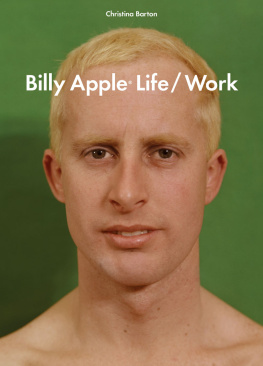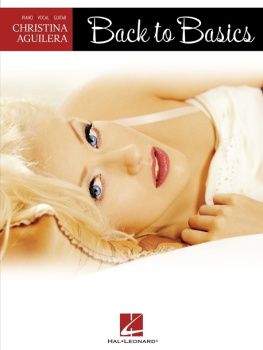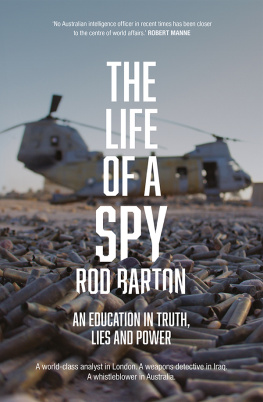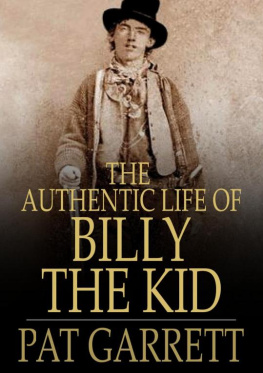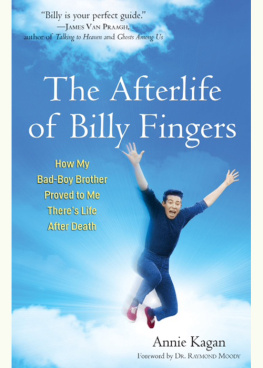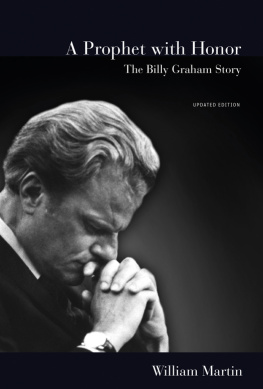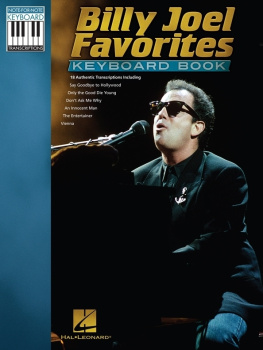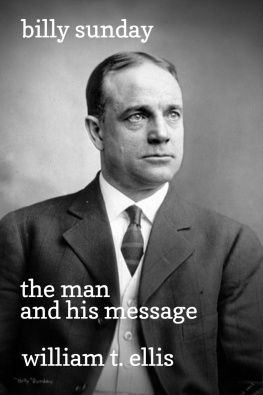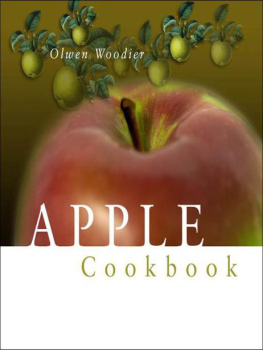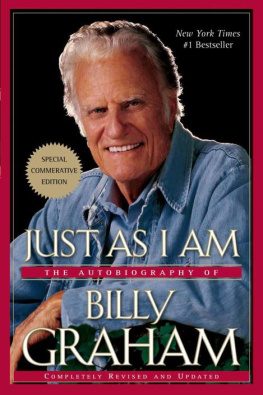Christina Barton - Billy Apple Life Work
Here you can read online Christina Barton - Billy Apple Life Work full text of the book (entire story) in english for free. Download pdf and epub, get meaning, cover and reviews about this ebook. year: 2020, publisher: Auckland University Press, genre: Detective and thriller. Description of the work, (preface) as well as reviews are available. Best literature library LitArk.com created for fans of good reading and offers a wide selection of genres:
Romance novel
Science fiction
Adventure
Detective
Science
History
Home and family
Prose
Art
Politics
Computer
Non-fiction
Religion
Business
Children
Humor
Choose a favorite category and find really read worthwhile books. Enjoy immersion in the world of imagination, feel the emotions of the characters or learn something new for yourself, make an fascinating discovery.
- Book:Billy Apple Life Work
- Author:
- Publisher:Auckland University Press
- Genre:
- Year:2020
- Rating:3 / 5
- Favourites:Add to favourites
- Your mark:
- 60
- 1
- 2
- 3
- 4
- 5
Billy Apple Life Work: summary, description and annotation
We offer to read an annotation, description, summary or preface (depends on what the author of the book "Billy Apple Life Work" wrote himself). If you haven't found the necessary information about the book — write in the comments, we will try to find it.
Billy Apple Life Work — read online for free the complete book (whole text) full work
Below is the text of the book, divided by pages. System saving the place of the last page read, allows you to conveniently read the book "Billy Apple Life Work" online for free, without having to search again every time where you left off. Put a bookmark, and you can go to the page where you finished reading at any time.
Font size:
Interval:
Bookmark:
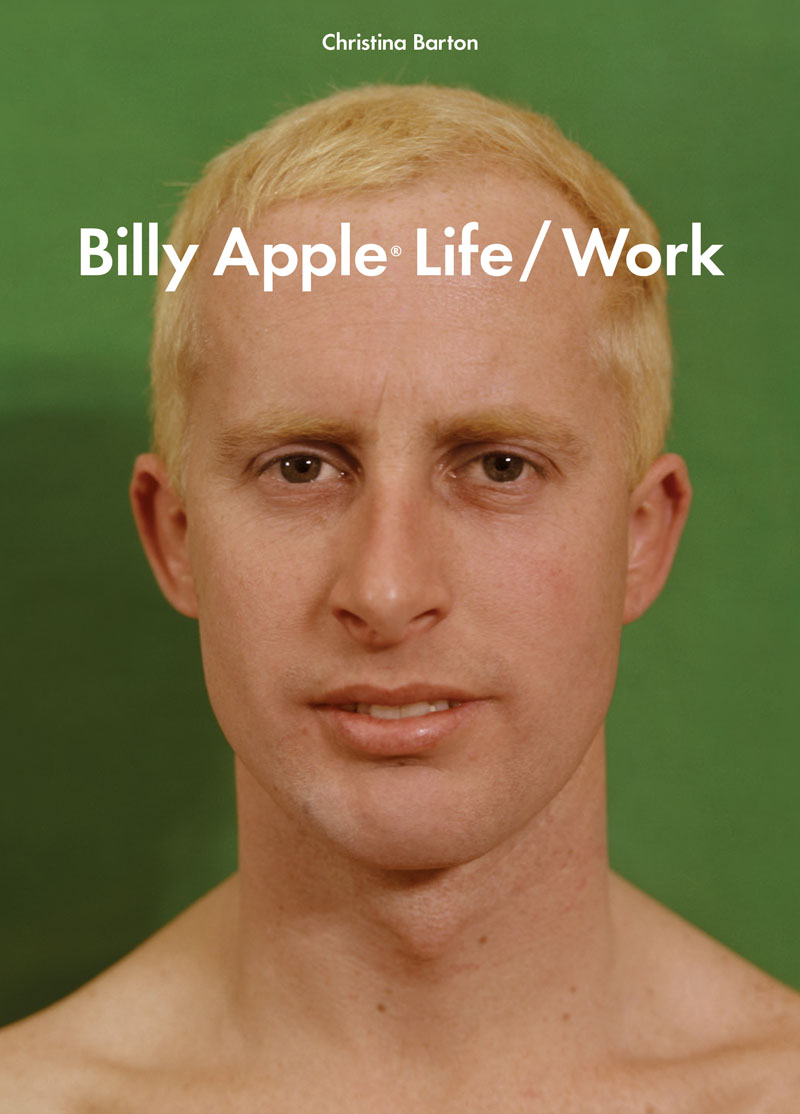

First published 2020
Auckland University Press
University of Auckland
Private Bag 92019
Auckland 1142
New Zealand
aucklanduniversitypress.co.nz
Text Christina Barton, 2020
All works by Billy Apple unless otherwise stated. All images courtesy of Billy Apple unless otherwise stated.
ISBN 978 1 77671 053 9
Published with the assistance of Jennie Hu and International Artist Residence, Chartwell Trust, The Mayor Gallery, Rossi & Rossi, Starkwhite, Christopher Swasbrook and Elevation Capital, Billy Apple Archive, and Creative New Zealand.
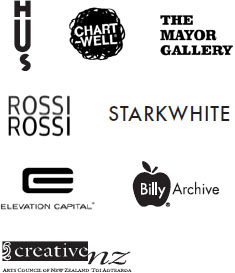
A catalogue record for this book is available from the National Library of New Zealand.
This book is copyright. Apart from fair dealing for the purpose of private study, research, criticism or review, as permitted under the Copyright Act, no part may be reproduced by any process without prior permission of the publisher. The moral rights of the author have been asserted.
Design by Inhouse Design
www.inhouse.nz
Typeset in Futura and Untitled Sans
Front cover: Robert Freeman, Billy Apple [front view], 1963, colour transparency, Billy Apple Archive
Back cover: Robert Freeman, Billy Apple [back view], 1963, colour transparency, Billy Apple Archive
Prologue
Unpacking the Warehouse
Chapter One
19351963
From Barrie Bates to Billy Apple
Chapter Two
19641969
America Calls
Chapter Three
19681974
Alternative New York
Chapter Four
19741980
Home and Back
Chapter Five
19801992
Money Talks
Chapter Six
19922018
From Billy Apple to Billy Apple
Epilogue
Taking Stock
Billy Apple: Life/Work is the first sustained study of the artist known as Billy Apple. Drawing extensively on Apples substantial archive, this book takes readers on a journey from New Zealand to England to the United States and back to New Zealand through six tumultuous decades to explore the artists unfolding practice. While this is a story about one artist, it offers insights into the larger history of art to which Apple contributed. Therefore, to read this account is to engage with the cosmopolitan scenes and major art movements that have shaped the second half of the twentieth and first quarter of the twenty-first centuries in three distinct but interconnected locations. Because of my focus, the book aims to complement and critique mainstream narratives that more generally survey the period. It does not simply insert Apple into their accounts, but offers its own eccentric path through the times. Thus, Apples contributions to the histories of pop and conceptual art are acknowledged, but the book offers a more complex version that situates these categories in relation to less-travelled territory, throwing light on lesser-known art movements, making unexpected connections between art scenes and cultural practices, and bringing art together with other disciplines, technologies and systems. Within this, I seek out threads and through-lines which tap the artists deeper motivations that are tied up with his decision to change his name and operate as a new kind of artistic subject.
Bracketing six chronological chapters, the books prologue and epilogue stand apart from and frame the trajectory of Apples story. The prologue examines his warehouse in Auckland as a key to understanding the artist and his modus operandi, but also to make transparent my own process as the artists chronicler. In counterpoint to the discreet scene of Apples warehouse, the epilogue takes his several public presentations in 2015 that define him as an artistic subject keenly tuned to the semiotics of display in myriad scenes of consumption across every niche of Aucklands cultural ecosystem. I conclude with some reflections on his contribution to the history of art as I see it as a scholar based in New Zealand in the second decade of the twenty-first century. The publication is finally supplemented by a complete exhibition history and a select bibliography, both of which are intended to serve as authoritative resources for students and scholars.
This book has been years in the making. It is the culmination of a long working relationship with the artist since the mid-1980s, when I embarked on a masters thesis documenting post-object art in New Zealand in the 1970s and discovered Billy Apples two tours of New Zealand in 1975 and 197980, which produced exemplary instances of the kinds of dematerialised and ephemeral practices I was then trying to document. The fact that Apple was based in New York during this decade was one I understood at the time, but made little of, other than to align him with the ways in which post-object art created the conditions for a more open and permeable system whereby artists could move between locations unburdened by the weight and preciousness of painting or sculpture, forming connections with like-minded artists in the late twentieth centurys first global art network. This global network I understood to be the first of many post-nationalist ventures. I did not know the artist then, but came to his practice through the advice of my supervisor Tony Green, and via the rich archival resources of the Elam School of Fine Arts Library at the University of Auckland and the E. H. McCormick Research Library at Auckland Art Gallery Toi o Tmaki, and the surprisingly good published literature, most of it penned by Apples long-time collaborator Wystan Curnow.
I met the artist around 1990 and, as an assistant curator, I helped realise his touring exhibition As Good as Gold: Billy Apple Art Transactions 19811991 at Auckland City Art Gallery, which gave me insights into how the artist worked with people and spaces. By the early 2000s I was teaching art history at Victoria University of Wellington, and my accounts of the history of contemporary New Zealand art always included Apple as a crucial figure. A turning point came when Apple proposed that I curate an exhibition pairing his work with that of Frances Hodgkins, an idea spurred by his identification with Hodgkins as someone else, in an earlier period, who had left New Zealand for Britain to become a modern artist. The Expatriates: Frances Hodgkins and Barrie Bates (2005) was staged at the Adam Art Gallery Te Ptaka Toi, Victoria University of Wellington, and toured to the Gus Fisher Gallery at the University of Auckland. This exhibition presented the little-known work of Apples earliest period, after he left New Zealand in 1959 up to the moment he changed his name from Barrie Bates in 1962 to reinvent himself in London, and paired this with the better-known works by Hodgkins similarly produced after she left Dunedin in 1901 and up to 1913, when she decided not to return to her homeland. The exhibition explored the condition of expatriatism, seeking in the selected works traces of the traumatic effects of leaving home. It ended up also as a response to nationalist historians who had trouble accommodating artists who left the country or who would not fit the rubric they had made for the New Zealand artist.
From there, Apple became a constant companion in my thinking and in my work. I developed my ideas about the implications of his name change and tracked its effect on the works he produced in London and New York in essays for journals and exhibition catalogues, and offered my services in the organisation of his extensive archive, with the longer view of preparing a monograph and retrospective. This was in about 2002. Since then, it has been a pleasure to see Apples work slowly achieve some of the recognition it deserves under new global conditions. International curators have begun to pay attention, showcasing his work in solo projects and including him in major surveys of pop and conceptual art. Apple has secured an established dealer in London to broker the return of his early works to the centres where they were produced, and the substantial exhibition at Auckland Art Gallery in 2015 was one of the culminating achievements of our long relationship and an opportunity to present the full panoply of his practice to audiences in the town where he was born.
Next pageFont size:
Interval:
Bookmark:
Similar books «Billy Apple Life Work»
Look at similar books to Billy Apple Life Work. We have selected literature similar in name and meaning in the hope of providing readers with more options to find new, interesting, not yet read works.
Discussion, reviews of the book Billy Apple Life Work and just readers' own opinions. Leave your comments, write what you think about the work, its meaning or the main characters. Specify what exactly you liked and what you didn't like, and why you think so.

